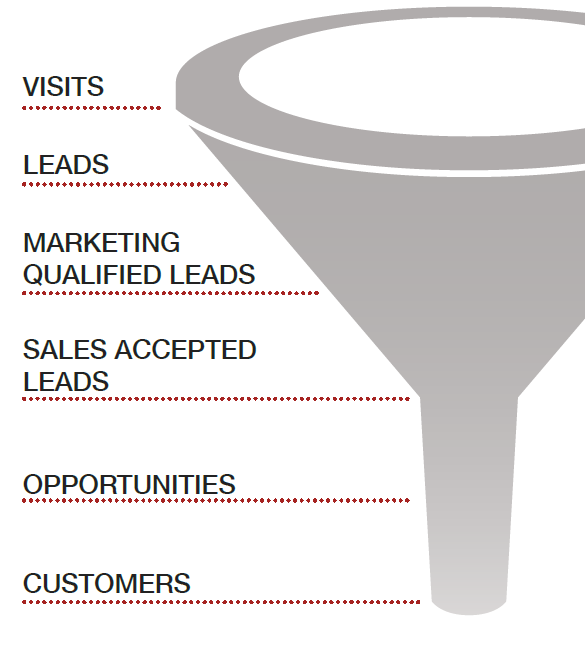How Closed-Loop Reporting Helps You Avoid a Negative Marketing ROI

Understanding the value of your marketing activities can be a real challenge. There’s nothing worse than spending money on marketing that doesn’t drive any sales! The good news is that a closed-loop reporting system can help you easily determine which lead sources (website, trade shows, cold calling, social media, etc.) bring in the best, most profitable customers. Closed-loop marketing tracks a lead from its inception all the way to a sale. Here’s an example: Let’s say you got 100 leads from a trade show, and 50 of them turned into customers that generated $100,000 in revenue. That sounds pretty good, doesn’t it? Then, you got 25 leads from your website, and only 10 of them turned into a sale – but those 10 ...
Continue Reading






